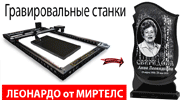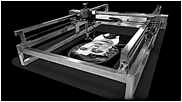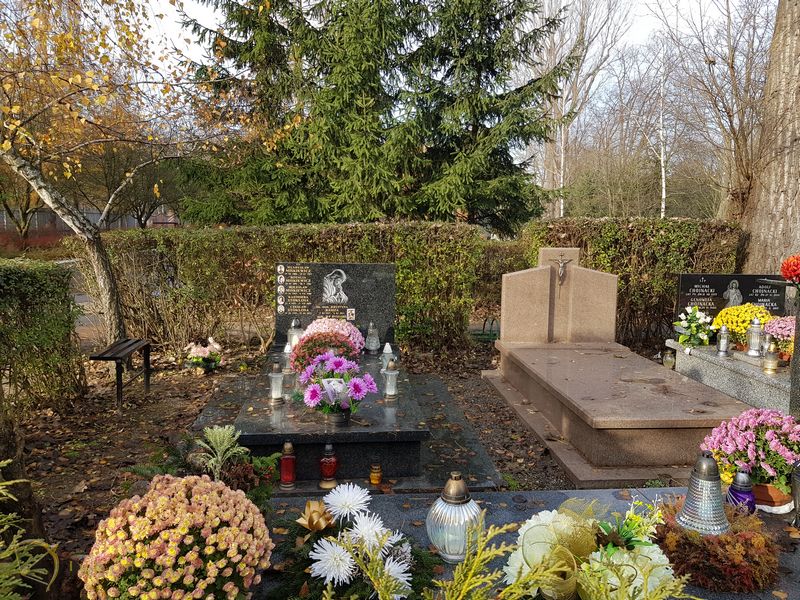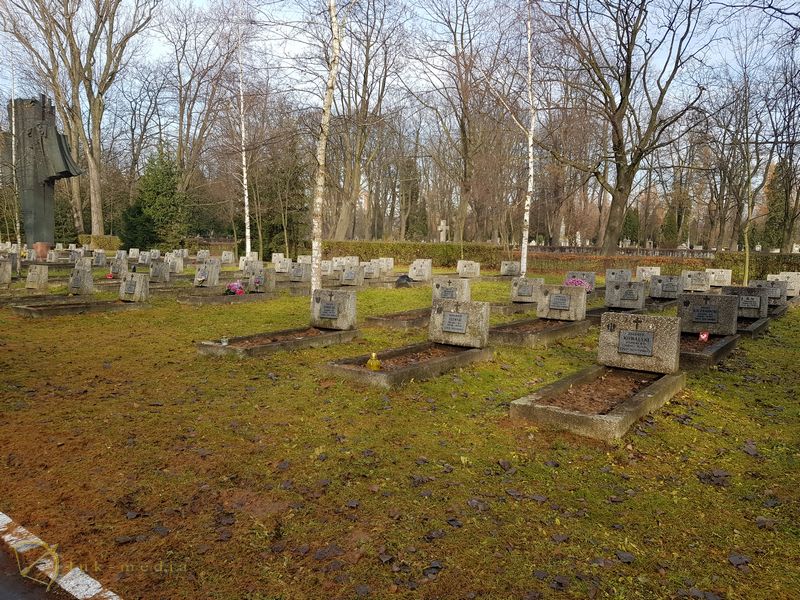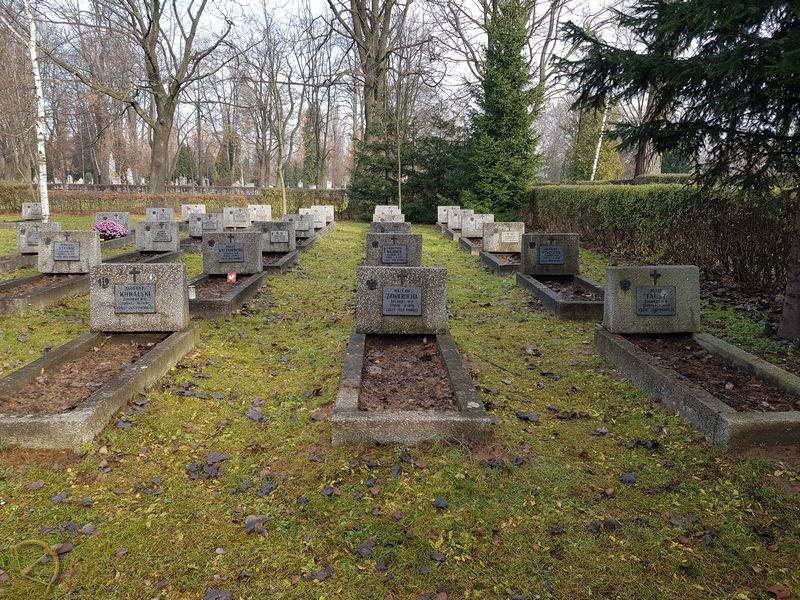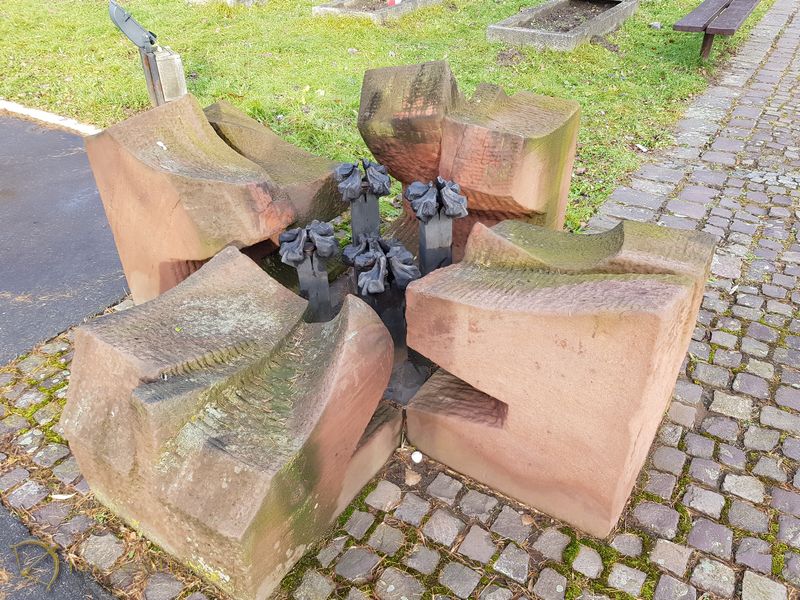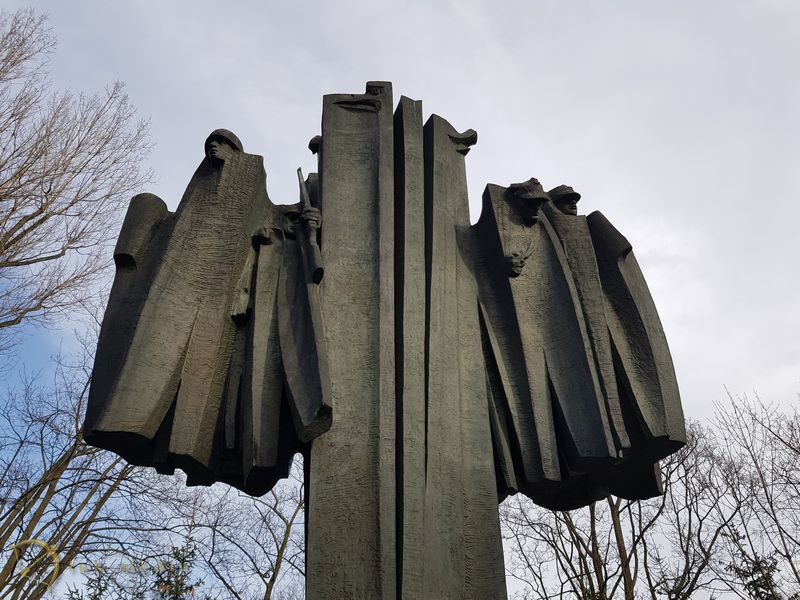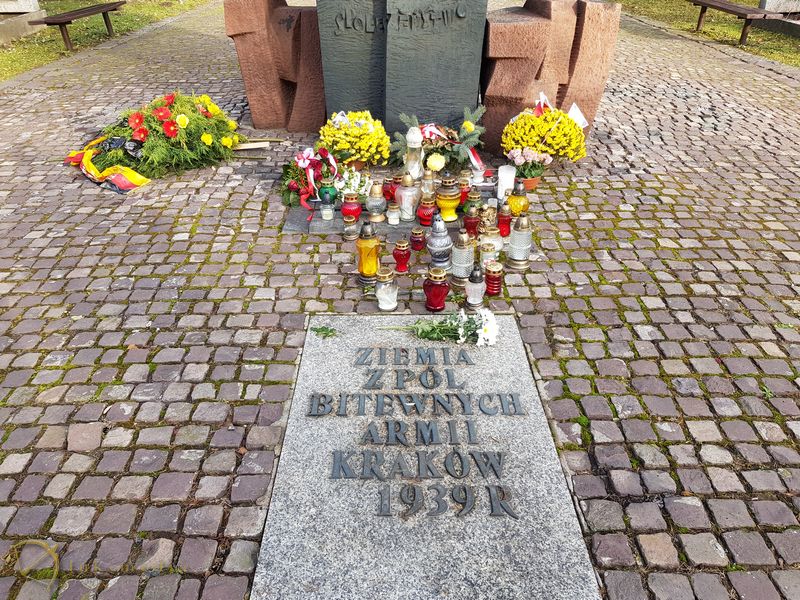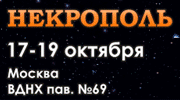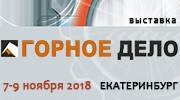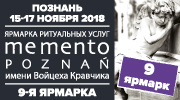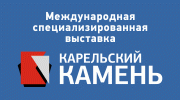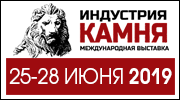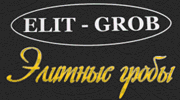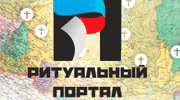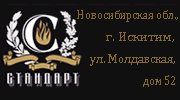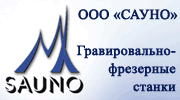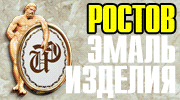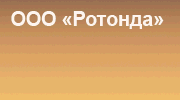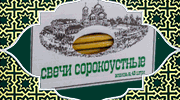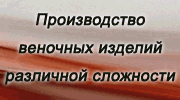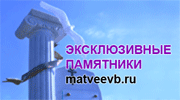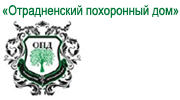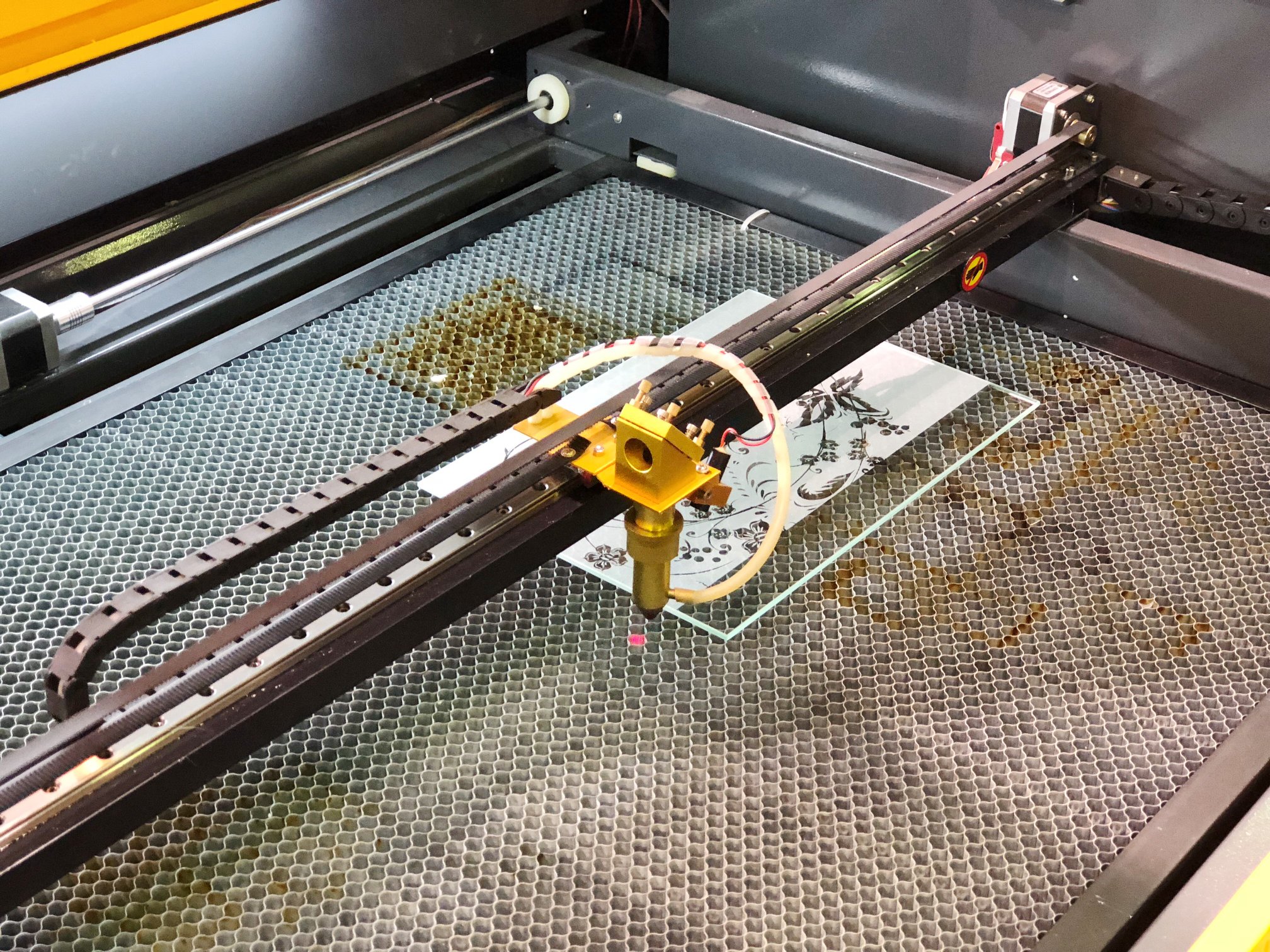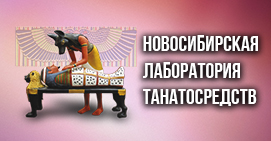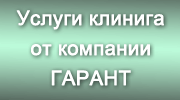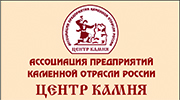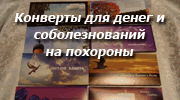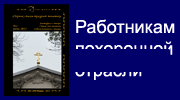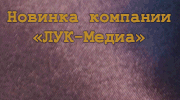The Rakowicki Cemetery in Kraków has something similar to Père-Lachaise in Paris. They were both set up at the same time and they have still remained a space filled with masterpieces of architecture and sculpture. The Rakowicki Cemetery was grounded in 18th-19th century by the decree forbade the placement of cemeteries inside the city.
After the third partition of Poland, Krakow was captured by the Austrians, who received a plot of land chosen for funeral purpose from the Order of the Barefoot Carmelites.The new Krakow necropolis was opened 19 years later by the official decree, in 1803, and the first person buried here was Apollonia Bursikova from Lyubovetsky. There is a a memorial plaque as an evidence of this fact near the main entrance to the Rakovica Cemetery.
Shortly afterwards , the cemetery gradually expanded, and today its area covers 42 hectares. In the middle of the XIX century, a chapel of the Resurrection of the King of Christ was built in the cemetery, the construction was financed from the fund of the vice-president of Kraków Ludwig Helzl and his wife Anna, a famous public figure.
Many famous Polish were buried at the Rakovica Cemetery including politicians, public figures and representatives of culture. The graves of the following people: Yana Matejko, Julius and Wojciech Kossak, Elena Modrievskaya, Jozef Megoffer, Theodor Aksentovich, Ludwik Jerzy Kern, Marek Grekhuta and Pyotr Skrinetsky are located there.
In some areas, soldiers and partisans were buried, who were killed in World War I and II, victims of Nazi crimes and participants of popular uprisings: the November, January and Spring of the Nations.
There was also a place for soldiers of the Soviet Army who died during the liberation of Krakow in 1945. In a specially allotted area, in 156 mass graves, 1 thousand 578 soldiers of the Red Army who died during the liberation of the city were buried( among them known fighters - 1.051, unknown – 527). These were soldiers and officers of the 59th and 60th armies of the Ukrainian Front. Their remains were transferred here from different burial sites. On 14 of July , 1997 the remains of 19 Soviet officers, previously rested near Barbican on Plantas in the Old City were also transferred the remains of 19 Soviet officers, previously rested near Barbican on Plantas in the Old City.
The area of burial of the Soviet liberators of Krakow occupies 0.567 hectares. At the burial site of Soviet soldiers a monument is installed made of concrete, over 7 meters high. The author of monument is Leonard Demarczyk. Along two sides of the burial place the bas-reliefs of soldiers are located on the background of the banner and a star, memorial tablets are on the front of banner. The monument was erected in 1948.
Individual graves of our compatriots are made in the form of rectangular granite sarcophagus with information about the buried on the top plate. In common graves there are concrete sloping tombstones with attached granite stones.
The most visited place in the cemetery is the family burial place of Wojtyla and Kacharowski. Here lies the ashes of the parents and close relatives of John Paul II (before enthronement - Karol Jozef Wojtyla).
Our ritual blog regularly publishes articles about the cemeteries of the world, recently we talked about the Cemetery Ones-sous-Bois in the suburbs of Paris, and before we had posted a report called Certoza, a monumental cemetery of the Cartesian monastery in Bologna, Italy. If you are interested in this topic more than in something else published in our blog, we can offer a list of cemeteries that will serve as a navigator when you want to know the custom of burial in different countries, will help to see the monuments and expand the horizons of your knowledge in funeral sphere .
Salvatorian cemetery of the city of Krakow (Poland)
Lychakiv cemetery in Lviv, part one
Lychakiv cemetery in Lviv, part two
Cimitero Monument di Staglieno - Cemetery in Genoa (Italy)
Cimitero Monument di Staglieno - cemetery in Genoa (Italy), part two
Chisinau cemetery Doina
Central (Armenian) cemetery of Chisinau
An ancient Muslim cemetery in the village of Tarki, the place of rest of Rasul Gamzatov
First Forest Cemetery in Riga
New Jewish cemetery in Riga
Lazarevskoe cemetery (Necropolis of the XVIII century) of the Alexander Nevsky Lavra of St. Petersburg
Tikhvin Cemetery (Necropolis of Artists) of St. Petersburg's Alexander Nevsky Lavra
Baikovo Cemetery (Kyiv)
Necropolis near the Kremlin wall
Northern Cemetery of Rostov-on-Don
Brotherly cemetery of the city of Rostov-on-Don (excursion)
Memorial of the group Dyatlov in Yekaterinburg
Federal military memorial cemetery, etc.
If you are engaged in funeral work, you can find the following links useful:
List of funeral exhibitions in 2018
List of exhibitions of stone processing in 2018
List of exhibitions of floristic in 2018


